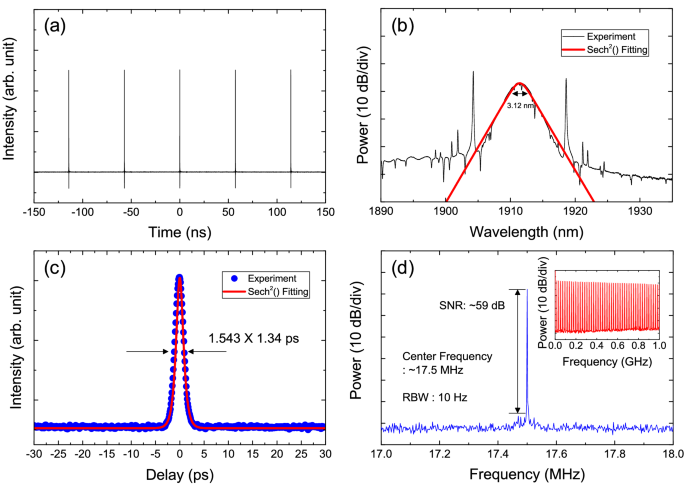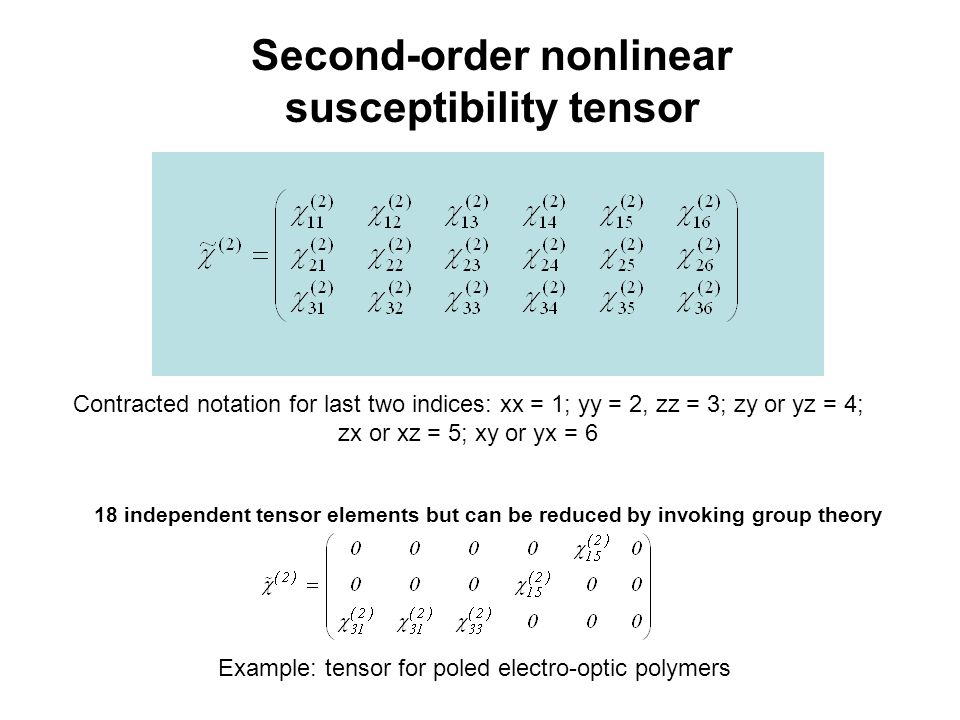

On the contrary, p-CN 2 was not found to exhibit improved optoelectronic properties compared to PG, except for larger partial charges on the surface of the sample. Strong variation in the atomic partial charge distribution was found in p-SiC 2. Ab initio calculations for the electronic and optical properties of single-layer (SL) tungsten disulfide (SL WS 2) in the presence of substitutional Erbium defects (Er W) are presented, where the W atom is replaced by an Er atom.Although Er is much larger than W, we show that Er:SL WS 2 is stable using density functional theory. This anisotropy can be an intrinsic property of tissue or can be purposely induced by the introduction of external molecular agents. For example, larger absorption is obtained in both the visible and the ultraviolet spectral ranges. Optical N -insulators: topological obstructions in the atomistic susceptibility tensor Todd Van Mechelen, Sathwik Bharadwaj, and Zubin Jacob Purdue University, School of Electrical and Computer Engineering, Brick Nanotechnology Center, 47907, West Lafayette, Indiana, USA Robert-Jan Slager TCM Group, Cavendish Laboratory, University of Cambridge, J.J. The proposed susceptibility-tensor imaging method provides the necessary imaging techniques to acquire and the mathematical tools to quantify susceptibility anisotropy. Penta-SiC 2 also displays improved dielectric and optical properties as compared to its all-carbon analogue. This enhancement occurs despite a smaller contribution of Si atoms to the density of states of the system. Enhanced electronic transport is obtained in p-SiC 2 as compared to PG due to the delocalization of the electronic states and smaller variations of the electrostatic potential.

Using density functional theory in combination with the nonequilibrium Green's function formalism we study the electronic transport properties, optical properties and atomic partial charges of the recently proposed isostructural materials: penta-graphene (PG), pentagonal silicon dicarbide (p-SiC 2) and pentagonal carbon nitride (p-CN 2).


 0 kommentar(er)
0 kommentar(er)
